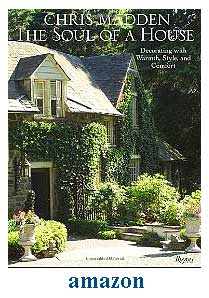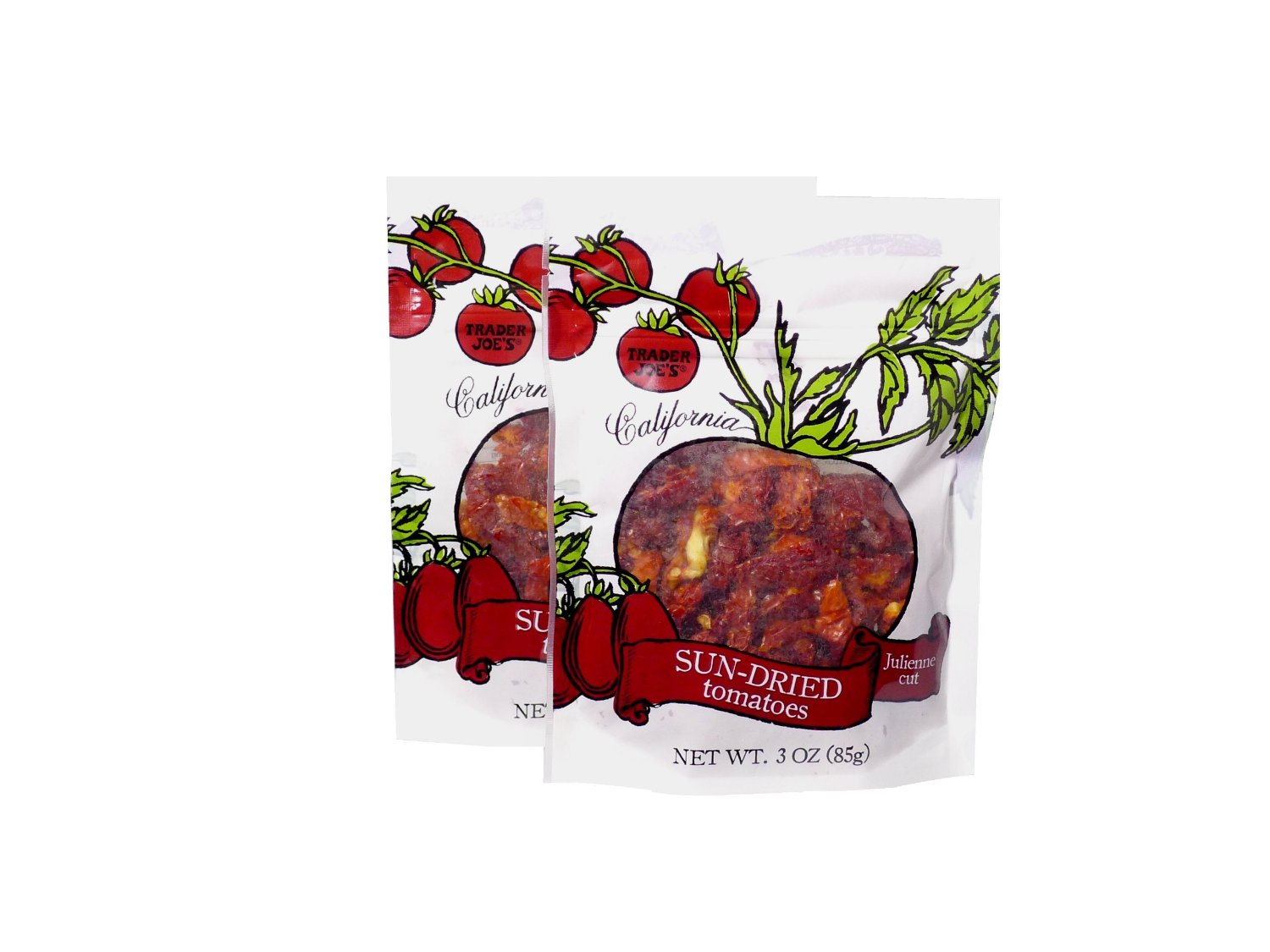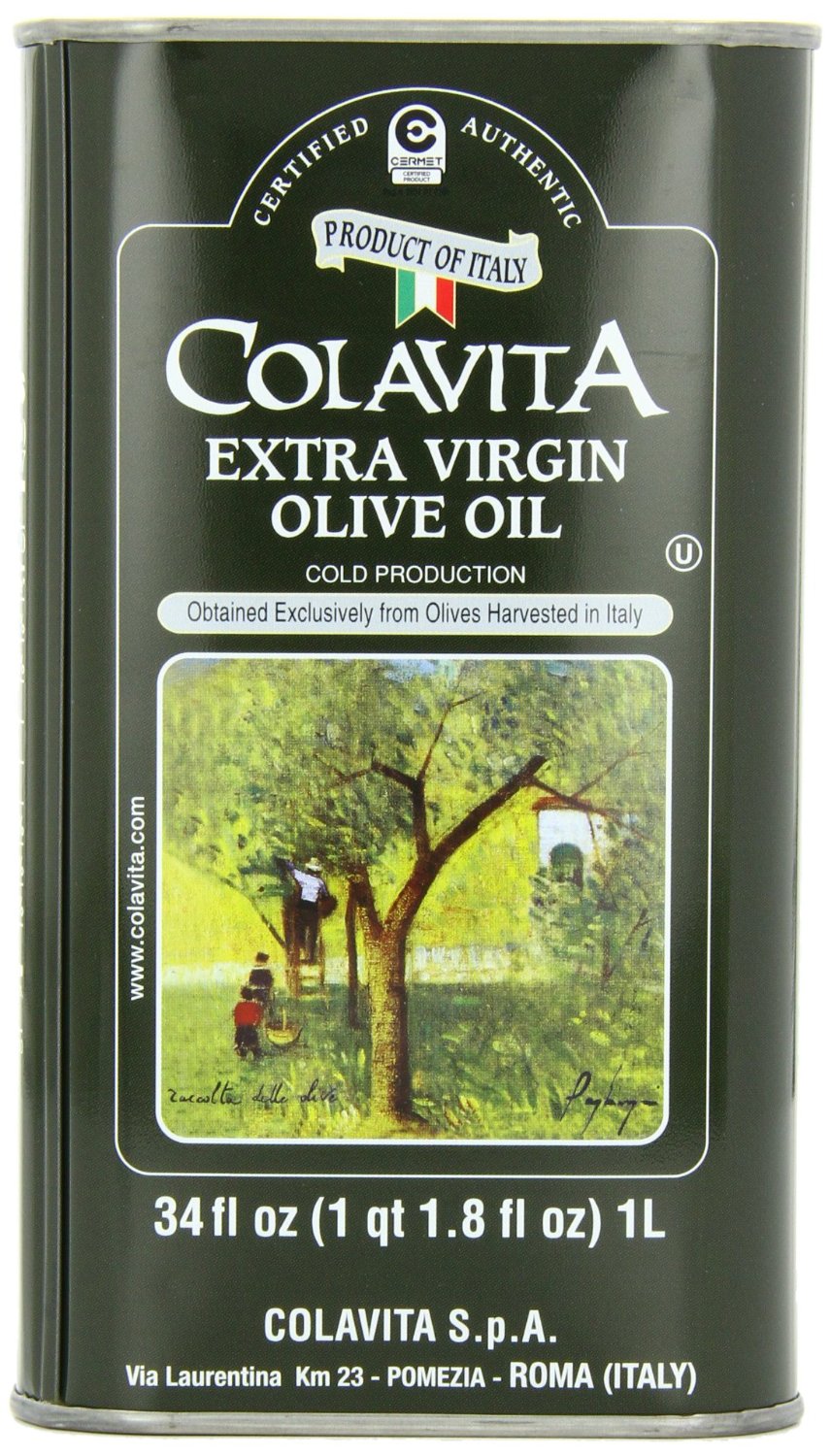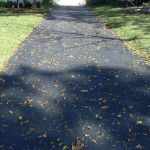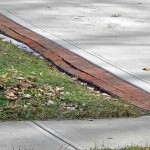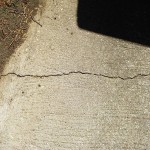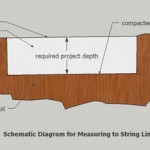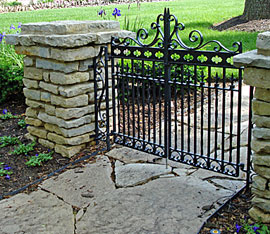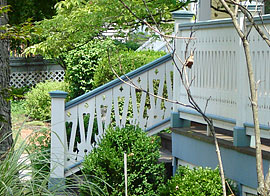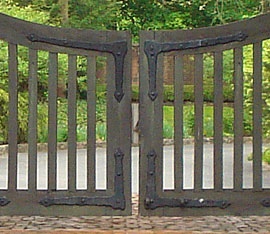The state of a homeowner’s lawn can be either a source of joy or frustration. And it can be truly frustrating if you’ve been spending a lot of time and money on it without seeing much improvement.

The aerator’s rotating cylinder with the hollowed-core spoons
Lawn aeration is a means of lawn care that could be just what your lawn needs to rejuvenate itself. The best and most effective type of aeration is core aeration, where hundreds of approximately 3” long soil plugs are extracted from the soil to help your lawn during its growing seasons. The best times of the year to do core aeration are fall or spring. In summer the soil is typically too dry and the grass may be in a state of dormancy. The condition of the soil should be moist and firm for the aerator to perform correctly.
Core aeration can relieve many problems that plague lawns, and can produce a better environment for a healthier lawn. A major problem for many lawns is soil compaction in heavy use areas and areas with high foot traffic. Generally, any soil condition that does not provide the grass with the opportunity for deep root growth can be enhanced by core aeration.
Core Aeration Benefits
Soil compaction makes it difficult for the grass roots to get enough water, nutrients, and air, and to grow deeply in the soil. Soil compaction also produces more water runoff reducing the amount that is absorbed into the ground. This can result in shallow root growth, making the grass more vulnerable in hot, dry weather. Thatch build-up can be a cause of these problems, too. Core aeration is a mechanical process. A gas-powered aerator has a rotating cylinder with a series of hollowed-core spoons that extract hundreds of soil plugs from the ground and deposits them on the lawn. All the plugs are very noticeable at first, but over about a two week period they will break down and disappear. It is most beneficial to run the aerator in at least two different directions to crisscross the lawn creating a multitude of holes.
For best results, it is recommended that the lawn should be mowed right before you aerate. Also, before you begin to aerate, be sure to locate and mark any elements that could be damaged by the aerator, such as landscape light fixtures, sprinkler heads and supply lines, cables, underground utility lines, shallow tree roots, and so on.
After you aerate, it is a good time to fertilize and overseed your lawn. The holes produced by aeration create openings in the soil to reduce compaction and provide the grass roots room to grow and to take up water and nutrients. Clay soils, which are expansive and can compress roots, can benefit from core aeration, too.
At the home improvement store where you can rent a core aerator, it costs around $60 for 4 hours, and $85 for 24 hours. If you have neighbors who want to aerate their lawns, too, you could split the cost of the rental. A core aerator is a very heavy large piece of equipment, and you will need a friend or neighbor to help get it in and out of your vehicle (it may not fit into the trunk of a car).
Have the person at the tool rental instruct you in the proper and safe use of the aerator. Working with a power aerator may take some practice. It does not have a variable speed control, so it may be harder to handle and maneuver in a smaller yard, or tight spaces. Hillsides can be especially difficult for using a power aerator, so ask the tool rental what they recommend.






